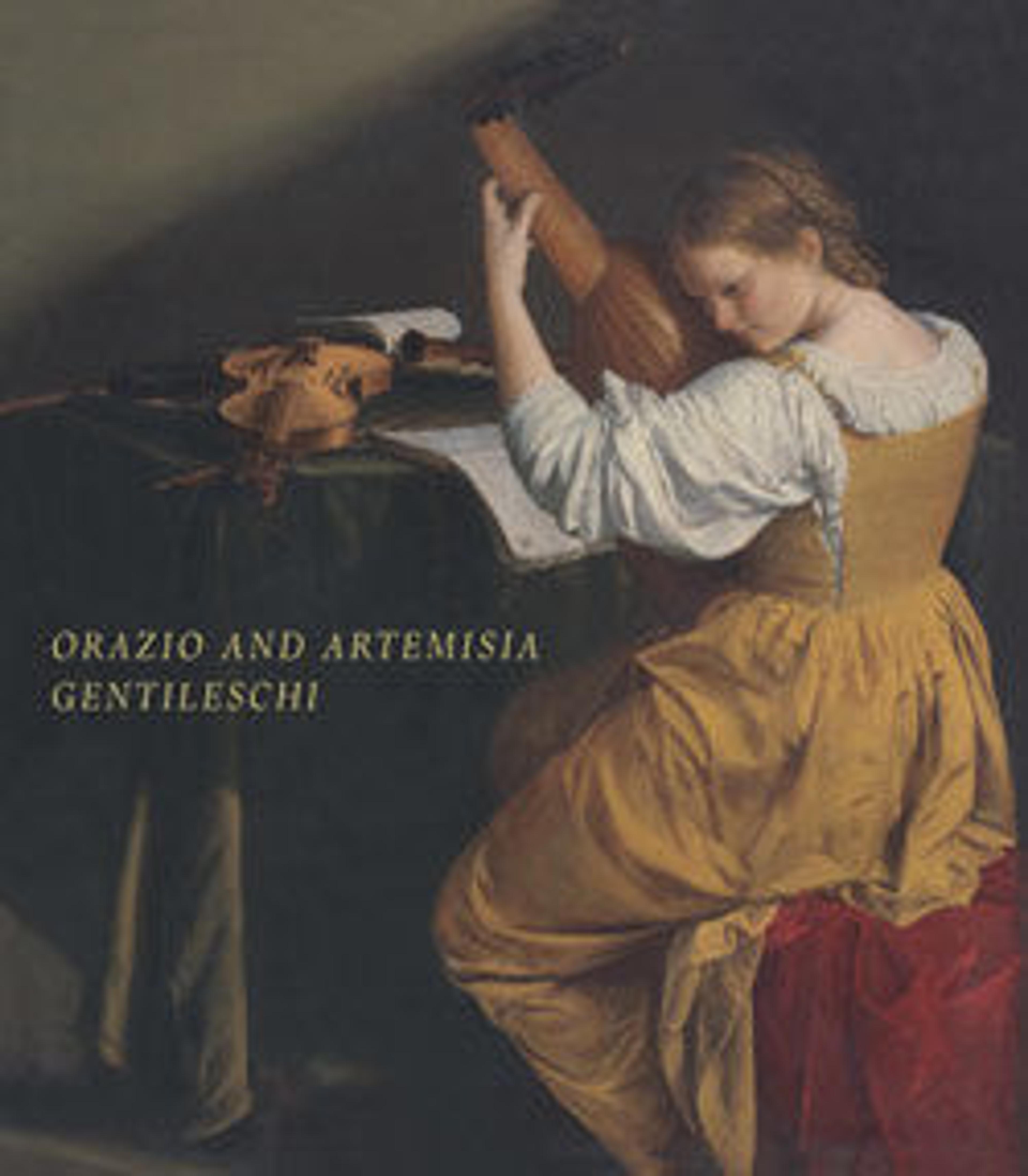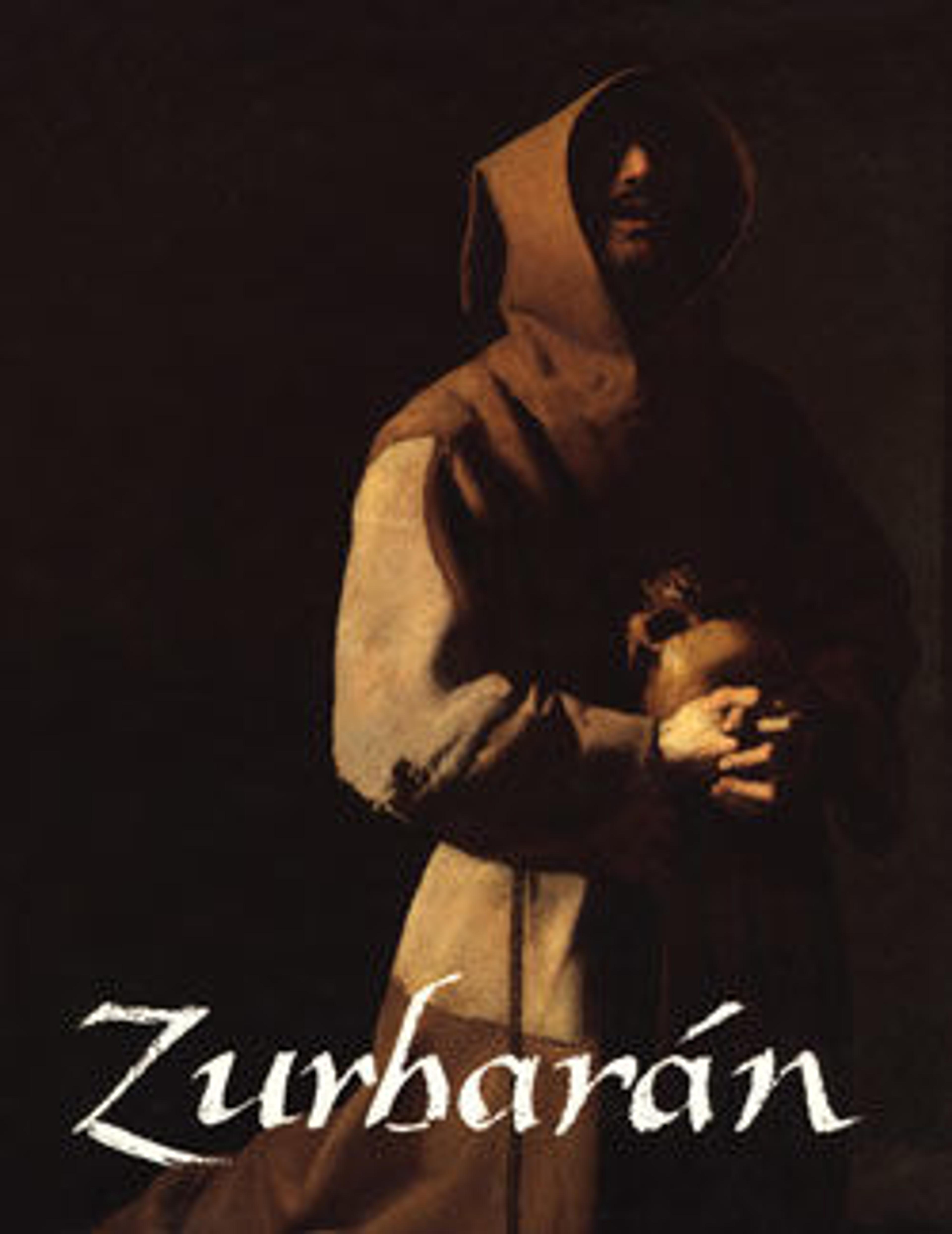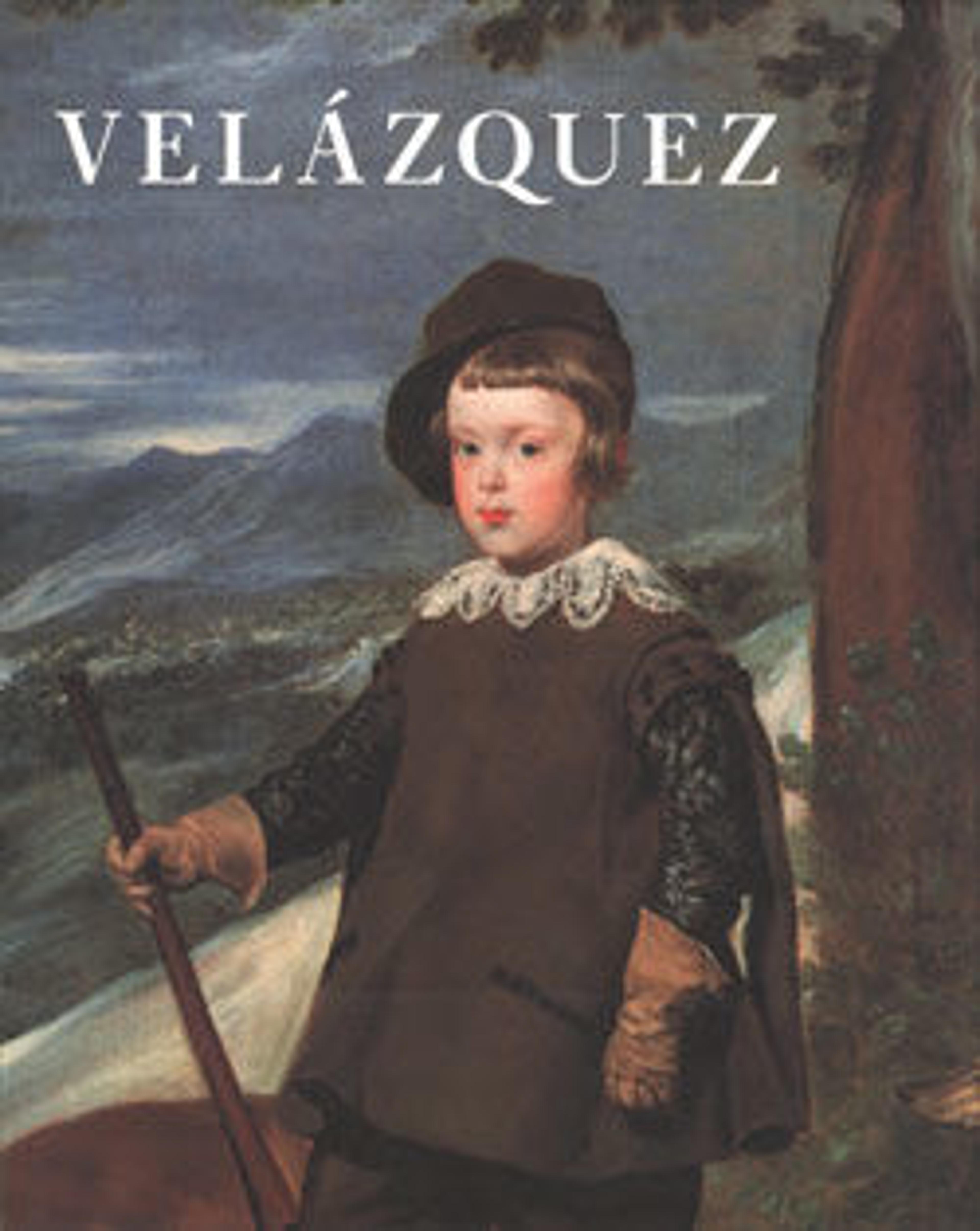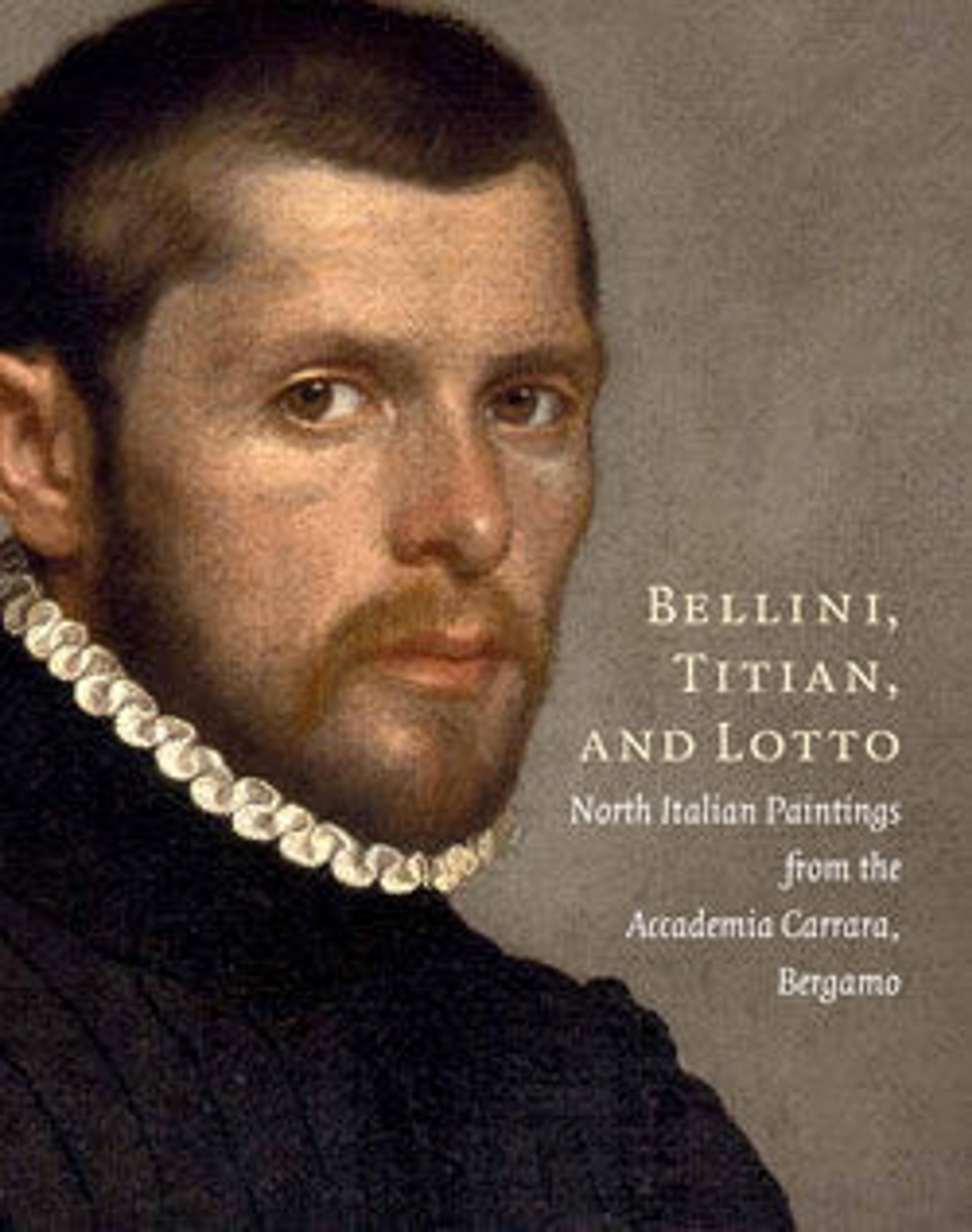
The Vatican Collections: The Papacy and Art
Many of the Vatican's supreme art treasures are represented in the unprecedented exhibition that is the occasion for this book. These works are drawn not only from the Vatican Museums, but from Saint Peter's and its Treasury, the Apostolic Palaces, and the Vatican Library. Thus, this volume brilliantly illustrates the entire history of papal patronage and collecting—the single longest and most influential collecting tradition in the Western world. The objects range from ancient Greek vases and sculptures to modern works by Henri Matisse and André Derain.
Ever since the founding of Saint Peter's, about 320, the popes have commissioned, preserved, and acquired works of art. The catalogue traces the development of these activities through the centuries, opening with an illustrated history of the Vatican Museums by Carlo Pietrangeli, the director general. Each of the fifteen sections explores a different aspect of the Vatican collections and is introduced by an informative essay. These introductions and the scholarly texts that describe each of the more than two hundred works in the exhibition were written by eminent curators at the Vatican Museums and The Metropolitan Museum of Art.
In the first two sections are examples of the few surviving remains from the decoration of Old Saint Peter's, the church that stood on the site of the present basilica and was torn down in the fifteenth century to make way for it. These works include two precious mosaics, two fresco fragments of Saints Peter and Paul, and a series of eight reliefs from the fifteenth-century ciborium of the high altar.
The next four sections highlight papal patronage from the Late Gothic through the Baroque period, and the objects illustrated evoke the beauty of the Apostolic Palaces. Raphael's tapestry, The Miraculous Draught of Fishes, and two splendid sculptures from antiquity, the Apollo Belvedere and the Belvedere Torso, convey, in a dramatic juxtaposition, the harmonious and powerful vision at the heart of High Renaissance artistry. A set of pontifical vestments, as well as the monumental silver-gilt cross and two of the candlesticks for the main altar of the new basilica, recalls the solemn splendor of the Renaissance church, while several works by Bernini remind the reader of the role played by this artist, along with popes Urban VIII and Alexander VII, in fostering Baroque art.
The emphasis of papal patronage shifted, in the eighteenth century, from the commissioning of elaborate artistic ensembles to a preoccupation with historic studies and systematic collecting; this period is the focus of the next seven sections of the volume. The first three are concerned with the Vatican collections formed in the eighteenth century: the Museo Sacro, with its Early Medieval reliquaries from the Treasury of the Sancta Sanctorum and its incomparable Byzantine and Romanesque ivories; the Museo Pio-Clementino, created to house antiquities excavated in the Papal States, including the Apollo Musagetes and the Eros of Centocelle; and the important paintings collection of the Pinacoteca, which includes precious panels by Sassetta, Gentile da Fabriano, Fra Angelico, and Raphael.
Papal collecting responded to the archaeological inquiry of the nineteenth century with the creation of four museums: the Museo Gregoriano Egizio, the Museo Gregoriano Etrusco, the Museo Gregoriano Profano, and the Museo Pio Cristiano. It is from their immense holdings that the significant selections in the next four sections were made—including precious Greek and Etruscan vases, early Roman portraits, and rare Early Christian and Jewish inscriptions, all set off by such masterpieces as the Augustus of Prima Porta and the statue of The Good Shepherd.
In the twentieth century, papal patronage and collecting continued to expand in new directions. From the Pontificio Museo Missionario-Etnologico come the African, Oceanic, and Pre-Columbian works shown here. The art of Georges Rouault, Ben Shahn, and Giacomo Manzu from the Collezione d'Arte Religiosa Moderna, the most recently founded museum in the Vatican, is featured in the final section of the catalogue.
Met Art in Publication
You May Also Like
Press the down key to skip to the last item.
Citation
Metropolitan Museum of Art (New York, N.Y.), Art Institute of Chicago, and Fine Arts Museums of San Francisco, eds. 1982. The Vatican Collections: The Papacy and Art. New York: Metropolitan Museum of Art : H.N. Abrams.




